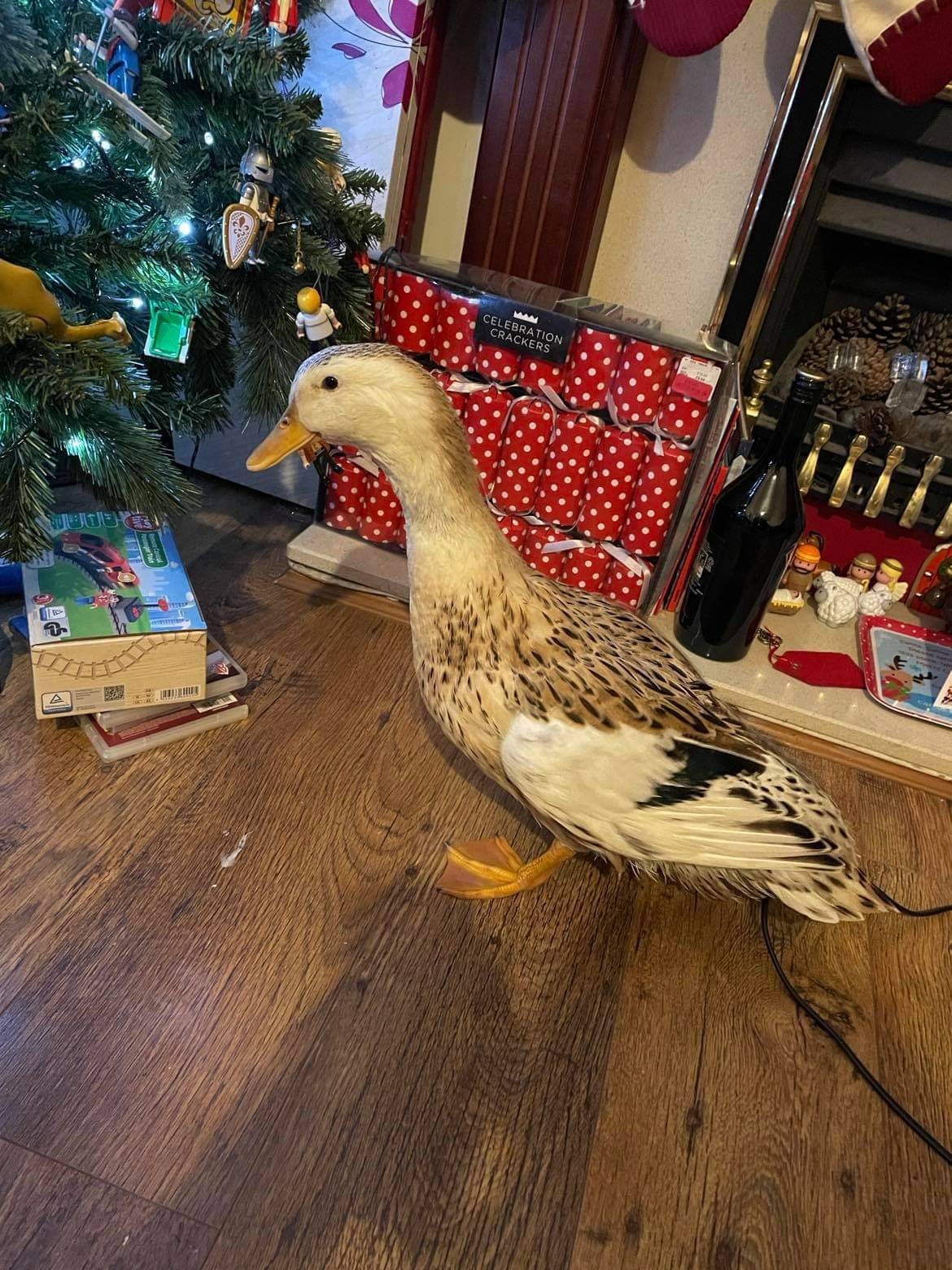Did you know that owning pets is not necessarily a barrier to becoming a foster carer? Here are some of TACT’s foster carers sharing their heart warming stories of how their pets have played a very positive role as part of a foster family.
Leanne
I decided to foster as a single mum as I had a new baby and needed to do something that meant I could stay at home with my son. I fell in love with fostering straight away and have had so many positive experiences caring for young people, children and babies. My husband joined our family in 2014 and has also loved caring for the children we foster.
We have been incredibly lucky to have cared for so many young people and to have gained a son through fostering. Fostering makes our family feel complete and seeing the young people thrive into adulthood is the best feeling in the world.
We have a variety of pets, and they have played a really important role in our journey and those that we have cared for have really benefited from them. We have three ducks, a goose, stick insects, we also had caterpillars last year that are now all released as butterflies and we also looked after a cat that was abandoned by neighbours when they moved.
Our duck Sarah is extremely friendly and loves cuddles, strokes and general human contact. She lets the kids pick her up and is happy just being around us. We also have a large Appleyard duck called Dexter who is equally friendly but is too heavy for the kids to pick him up so he just accepts strokes. Deedee is a rescue duck and she’s happy to follow the others around, but is timid and prefers to be left alone.
Our ducks provide a lot of comfort and joy. Our gander, Gozzy, not so much as he’s busy chasing everything away from the garden throughout spring.
Each of the pets can teach young people a lesson. The caterpillars are only 3mm when they come out of the eggs. It teaches them to be careful and gentle. Seeing them grow, moult their skin four times and turn into a chrysalis is not something many people experience. It helps them see that change can be a good thing and opens up conversations about past, present and future.
They also show young people that they can overcome their fears, as many children are scared the first time a caterpillar crawls on their hand but they quickly see that there’s nothing to be afraid of. It is also a really calming activity that gets them away from technology. It has really helped them develop mindfulness, as it’s a slow process that requires patience.
Our ducks have helped teach the kids empathy. The ducks trust them enough to let them pick them up and stroke them, which is a lovely experience and something they can do while talking about their day. They have helped them to observe and respect something other than themselves, they have to understand that the ducks don’t like loud noises or fast movements. It forces the kids to slow down and tune in to what the ducks are saying through their body language.
The ducks have specific head movements to say hello and whether it’s OK to stroke them, and they will push your hand away with their head if they don’t want strokes. This is a great way for kids to learn about and understand boundaries. For example, we had a conversation with the 5-year-old about how he has the right to say no if he doesn’t want a girl in his class to kiss him.
Laura
We started fostering in 2014 before moving to TACT in 2019. We always felt a pull towards helping other people, and as respite carers for Laura’s younger brothers who have learning disabilities, fostering felt like the natural next step and was one we didn’t hesitate to make.
When we first began fostering we had a Staffordshire Bull Terrier called Tyson and a 5-year-old corn snake called Sophie. Sadly, they have both passed away but we now have a 2-year-old blue Staffordshire Bull Terrier called Mazikeen.
We currently care for a teenage girl, and we took in Mazikeen a few weeks after she arrived. She loves all animals and still sees her pets from her parents, but because she has been here the entire time that Mazikeen has been with us, they have a close bond.
Mazikeen always rushes to greet her when she comes home and will spend time being petted on the couch with her. She has also been great at training Mazikeen and teaching her new tricks.
However, Mazikeen has started to refuse to walk whenever she takes her out which we all find really funny as she usually loves walking. We think it’s because when she first went on walks as a puppy, she would get picked up by her when she stopped walking.
We think pets can be a really beneficial addition to a foster family. They can provide a distraction to the nerves of the young people coming into a new household, and they can also be a topic of conversation when getting to know a new child. They can also provide a subconscious comfort to the child as they don’t have to feel awkward around them or feel they need to speak.

Karen
Me and my husband have been fostering with TACT since 2018. We started fostering as we have raised three boys ourselves and I come from a very large family, with both my mum and auntie going into fostering after their children grew up.
My husband and I could see the benefits of what a lovely stable home could give to children less fortunate, and I knew it was something we could do. Support and helping others is something we both enjoy doing and we have a very supportive network of family and friends around us to help.
Our pets have also played a really important part in our fostering experience. We have two dogs, Bonnie who is 7, and Archie who is 6. We also have a 12 year old cat called Ben.
The cat is someone they can stroke and feel calm around, especially when he climbs on their knee and purrs. The dogs are another way of the children feeling calm, they are also something they can get involved in caring for, such as feeding and walking, as well as playing and having fun.
The children we care for have commented numerous times how our Staffie is someone they can go to when they want to feel calm. She is very needy and loves being stroked so it is a win-win. They tell their friends at school about the pets they have and share stories about how much they love them. That kind of attachment is almost immediate with pets, whereas it can take a lot longer with humans.
I think having the pets has really helped them to settle. I think that animals help children regulate, and are also a source of comfort and love at times when they don’t want to talk to people. A lot of children will have come from a home that already had pets, so for them it is filling the gap of loss that they may feel.



